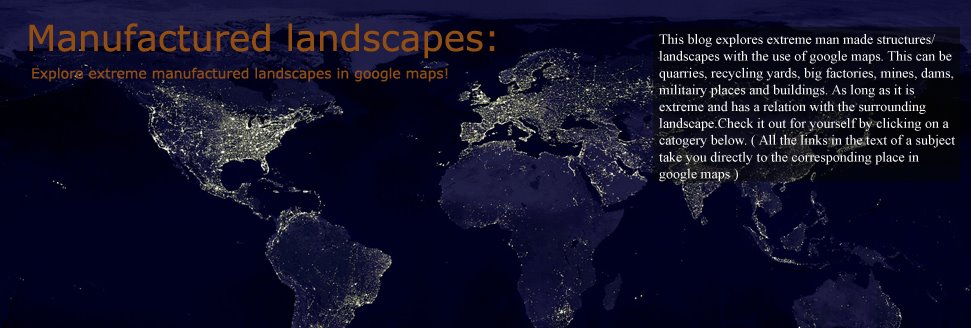Sea salt ponds
Sea salt production:
The manufacture and use of salt is one of the oldest chemical industries. Today, most refined salt is prepared from rock salt. But salt is also obtained by evaporation of sea water, usually in shallow basins warmed by sunlight. Salt so obtained was formerly called bay salt, and is now often called sea salt, solar salt, or marine salt. China and India are the top producers of this kind of salt.
The largest and most famous sea salt production "facilities" in the world find it location in China near the cities of Tanggu and Hangu. The total annual production of the Salt Fields at Tanggu and Hangu Salt Works have achieved 2.5 million metric tons of high-quality salt, taking up a quarter of the whole sea salt output in China:
In this Salt District, there are two famous large sea salt manufacturing enterprises—Tianjin Changlu Haijing Group Co., Ltd. and Tianjin Changlu Hangu Saltern Co., Ltd. It possesses salt field with 325 square kilometers.
In India, the second biggest producer of marine sea salt in the world, large salt fields can be found south of the city of Chennai. For example this one near the town of Kannagapattu, and here near Poonjeri. Another center of sea salt production in India is in the West Indian province of Gujarat. For example here near Ambawadi, and here near Gandhidham.
One of the biggest sea salt fields in europe is found near the town of Salin de Giraud in south France:
Near the salt fields ,where the salt is stored, mountains of salt can be seen:
Further to the west is another major sea salt producing facility in Europe. This one is near the town of Aigues-Mortes in France:
In the rest of the world huge sea salt fields can be found here at the northern coast of the province Rio Grande Norte in Brazil:
Here near the city of Alexandria in Egypt, and here in the Bay of San Francisco in the USA. In the picture below the red color of these salt ponds can be seen from the air:
If you wonder why these sea salt pools sometimes have a red color like in the picture above that's due to the development of microscopic algae. This one in Karachi in Pakistan for example also has this red color.



















